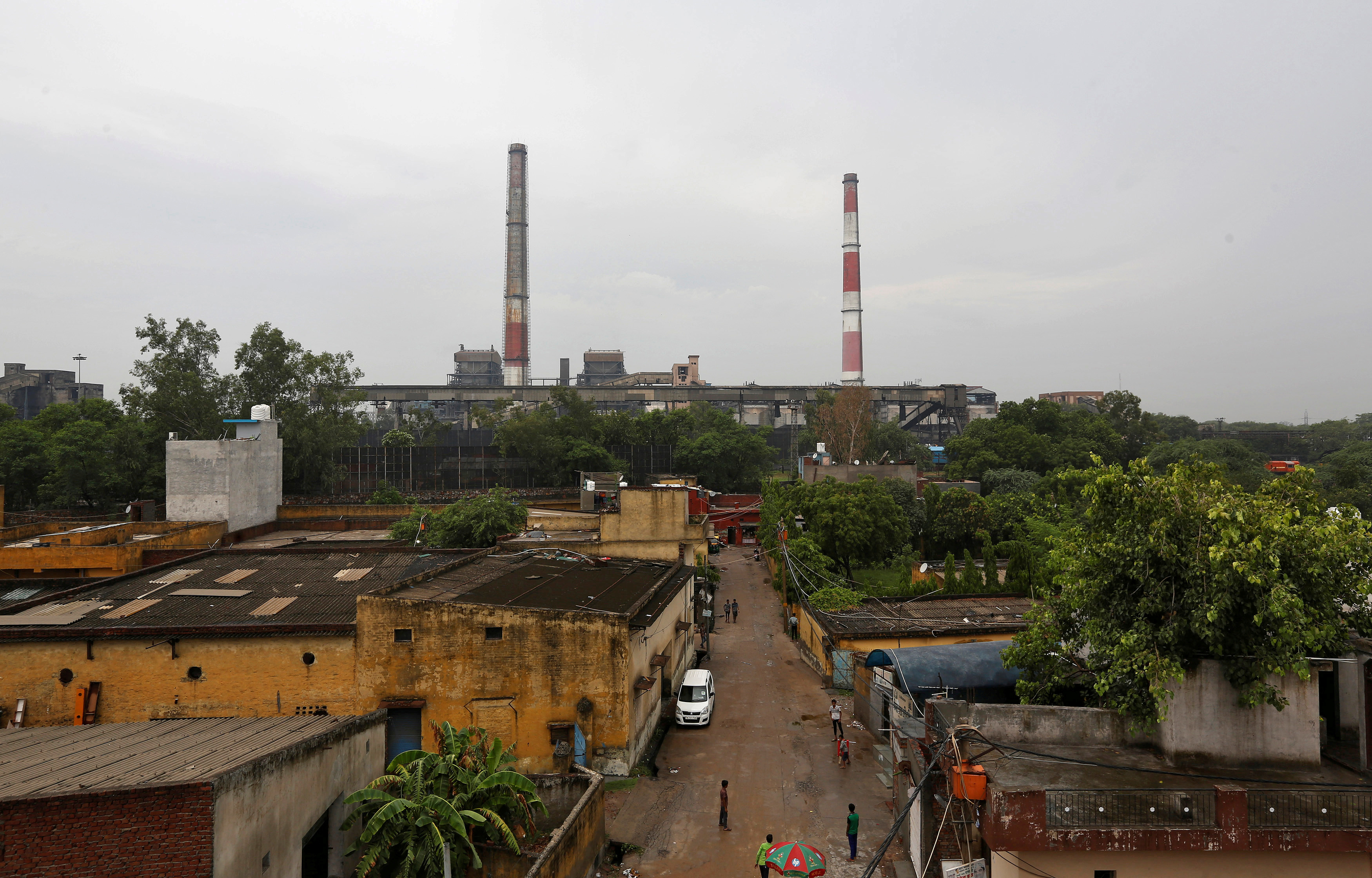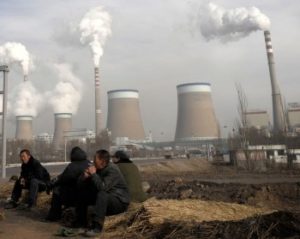by P. Homewood, Nov 30, 2023 in NotaMotofPeopleKnowThat
“India cannot survive without coal as it has no other options.”
India has committed itself to greater coal-fired generation use ahead of the UN Climate Change Conference in Dubai and is set to voice developing nations’ demands for a greater share of the carbon emissions budget at the Nov. 30-Dec. 12 summit.
India is the world’s third-largest emitter of carbon dioxide after China and the US, with a booming economy driving electricity demand up 9.6% in fiscal year 2023.
“There will be pressure again on those countries who use coal,” RK Singh, minister of power and new and renewable energy, said Nov. 6. “Our point of view is that we are not going to compromise with the availability of power for growth.”
Public sector power companies are constructing about 27 GW of thermal plants — almost all coal — but this is insufficient, according to Singh. The country needs “at least 80 GW” of new capacity to meet future demand, he said.
India generated 149.66 TWh of electricity in September, of which 108.70 TWh, or 73%, was coal-fired, data from Central Electricity Authority showed. The coal-fired figure was up 17% year on year.
S&P Global Commodity Insights forecasts the share of coal-fired generation in India’s power mix will rise to 77% by 2025 before falling to 71% in 2030 and 52% by 2050.
“India cannot survive without coal as it has no other options,” said Rashika Gupta, research and analysis director at S&P Global. “Nuclear and hydro take a decade to build, gas is not available, and LNG is very expensive. India’s forte has always been coal — it knows how to operate it, and there is indigenous capacity to build it.”
Full story
…









